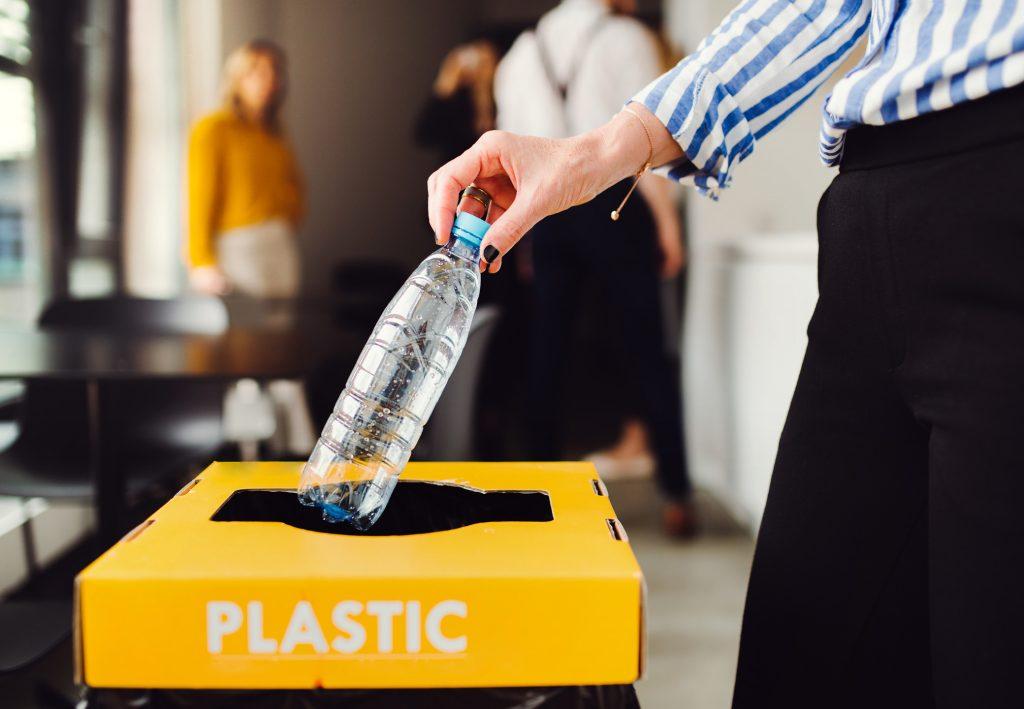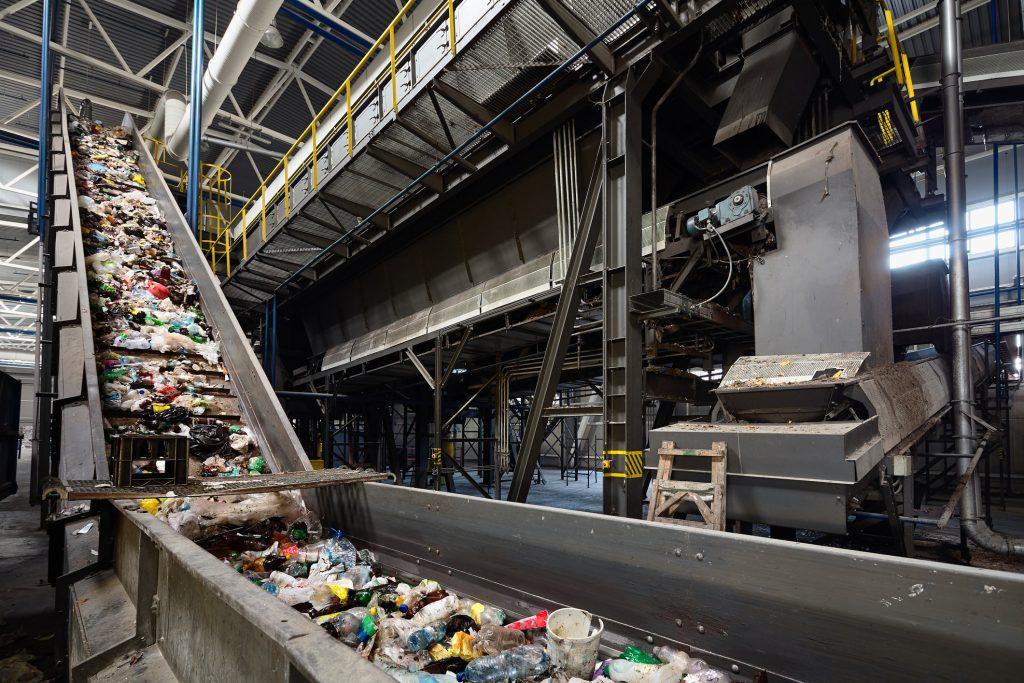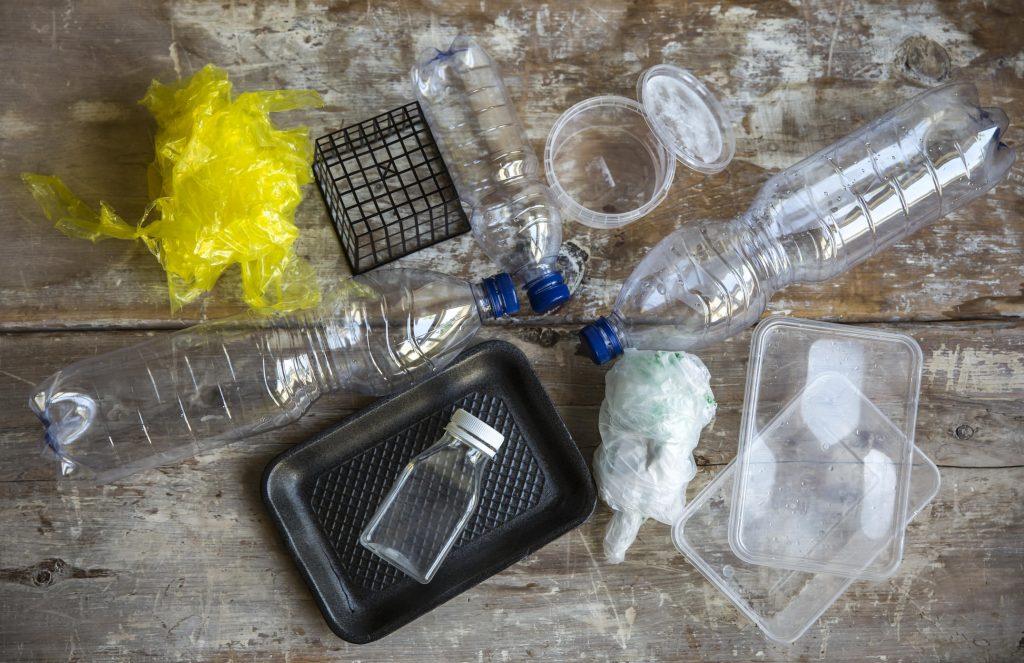The planet is in the midst of a climate crisis. With temperatures rising and growing concerns about serious changes needing to be put in place to prevent the catastrophic consequences of climate change, people are scrutinising the current recycling systems and asking just how much of our recycling actually ends up being recycled into something else.

Currently, the amount of household waste recycled in the UK sits at 45.7% (as of 2017). But where the UK, as well as many countries, fall down when it comes to recycling, is with plastic waste.
Plastic is notoriously difficult to recycle due to the many different types and compositions – some of which can be recycled, some of which can’t. In 2014, Britain produced 4.9 million tonnes of plastic waste, and only 24% of it was recycled. But new initiatives are being implemented in an attempt to solve the problem, including a new barcoding system that hopes to revolutionise the way we currently recycle.
Invisible Barcodes
Many consumers struggle to determine what can be recycled and what can’t. While some products are obvious, like cardboard items or metal cans or glass bottles, plastic packaging creates confusion. There are many different symbols used to denote recyclability, and it’s not always clear what they mean as there is no nationwide standard of recycling symbols.
However, a new “invisible barcode” technology is being piloted in a bid to fix this problem. The trial is being spearheaded by some of the world’s biggest brands, Procter & Gamble, Nestle, Danone and PepsiCo, in cooperation the Ellen MacArthur Foundation, a charity that aims to accelerate the transition to a circular economy.
The packaging of certain products are printed with invisible digital watermarks, which can then be read by machines in sorting centres, helping them sort the materials more efficiently. The cameras in the machines view the packaging as if they’re covered in barcodes, yet customers won’t see them. The hope is that the project will make recycling less confusing for consumers and improve the recycling rates in factories.
This technology is currently being tested in a German warehouse being run by global recycling firm TOMRA. Rubbish passes beneath cameras on a conveyor belt, which then identifies each item. The cameras are looking for the hidden codes on the packaging, which are hidden in the pixels of the packaging’s artwork, undetectable to the naked eye; this information is repeated all over the packaging, so it can be detected at any angle or any position, and the same information can also be embossed on plastic.
The barcodes allow for accurate identification of the packaging, as they are easy to scan so the machine can quickly identify them. A database is then used to tell the sorting machine what the packaging is made of. The packaging can then be sorted into the appropriate location. This technology can help distinguish food-grade plastics from non-food grade plastics; helping recycling become more efficient.
This kind of technology could also help consumers at home sort their recycling. Prototypes of interactive apps are already being trailed, which allow people to scan packaging to determine if it is recyclable.
The German trial has proved the technology works, with a 90% accuracy rating, and is set to be moved into a working waste sorting plant in 2020, with plans to expand it into Europe in 2021.

Holy Grail
The industry-wide programme for this watermarking technology is known as “Holy Grail”. The focus is on creating an international standard for both tracers and digital watermarks that have the potential to sort packaging waste.
Watermarks can carry a lot of information and can be printed on labels or sleeves or even integrated into 2D or 3D moulds. The marks are read in either infrared, daylight or ultraviolet conditions. As the watermarks cover the entire product, the readability is unaffected by dirt, distortion or orientation. They also provide no chemical residue, so no impurities are entering the cycle.
The possibilities of this project extend beyond just recycling. If the technology introduced smartphone readability, think of the information that could be provided to consumers outside of recycling, like nutritional information or marketing communication.
The project is still in its early stages; there is more development to do on the detection and sorting element. It will also be dependent on the acceptance by packaging producers, brand owners, retailers and the business model for the recycling industry.

It’s fascinating to see just how barcodes are being used in more unique and innovative ways. At GSM, we can provide you with barcode label printing and asset labels for many different applications. Contact us today for more information.


















